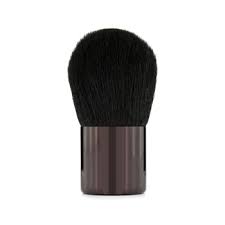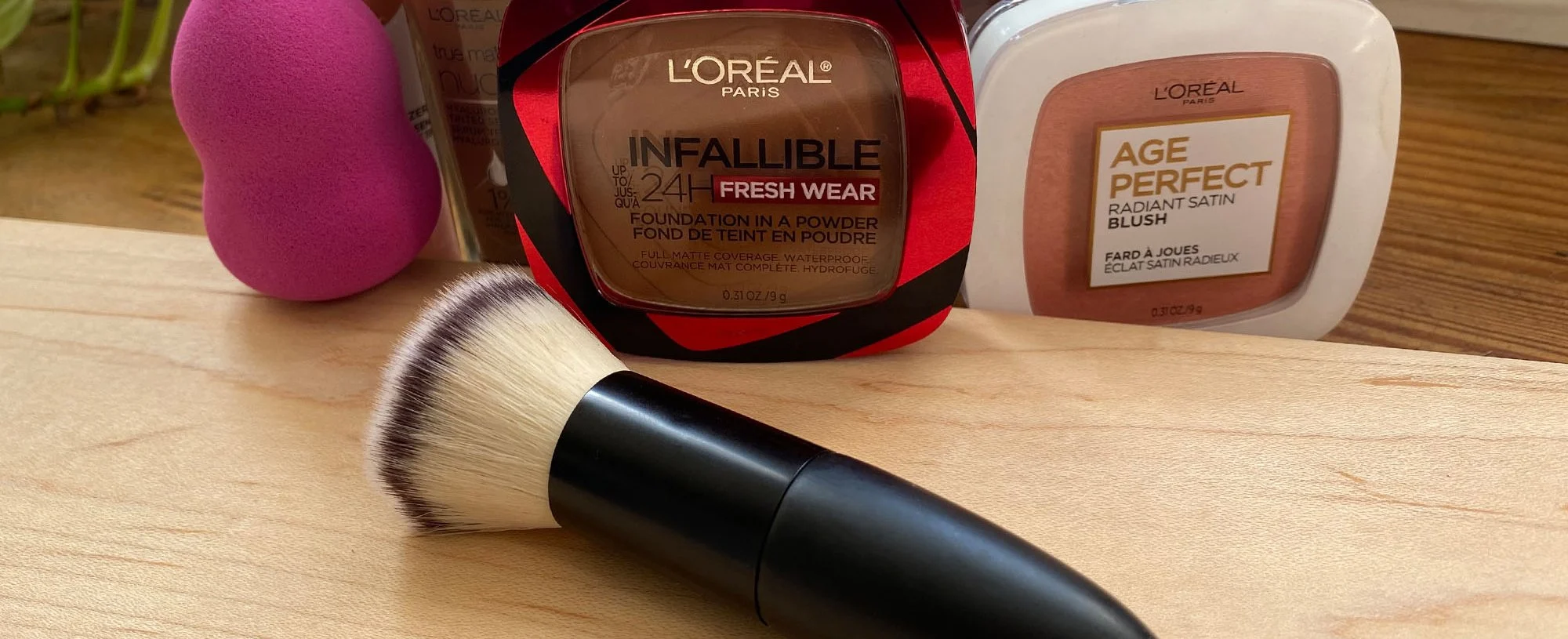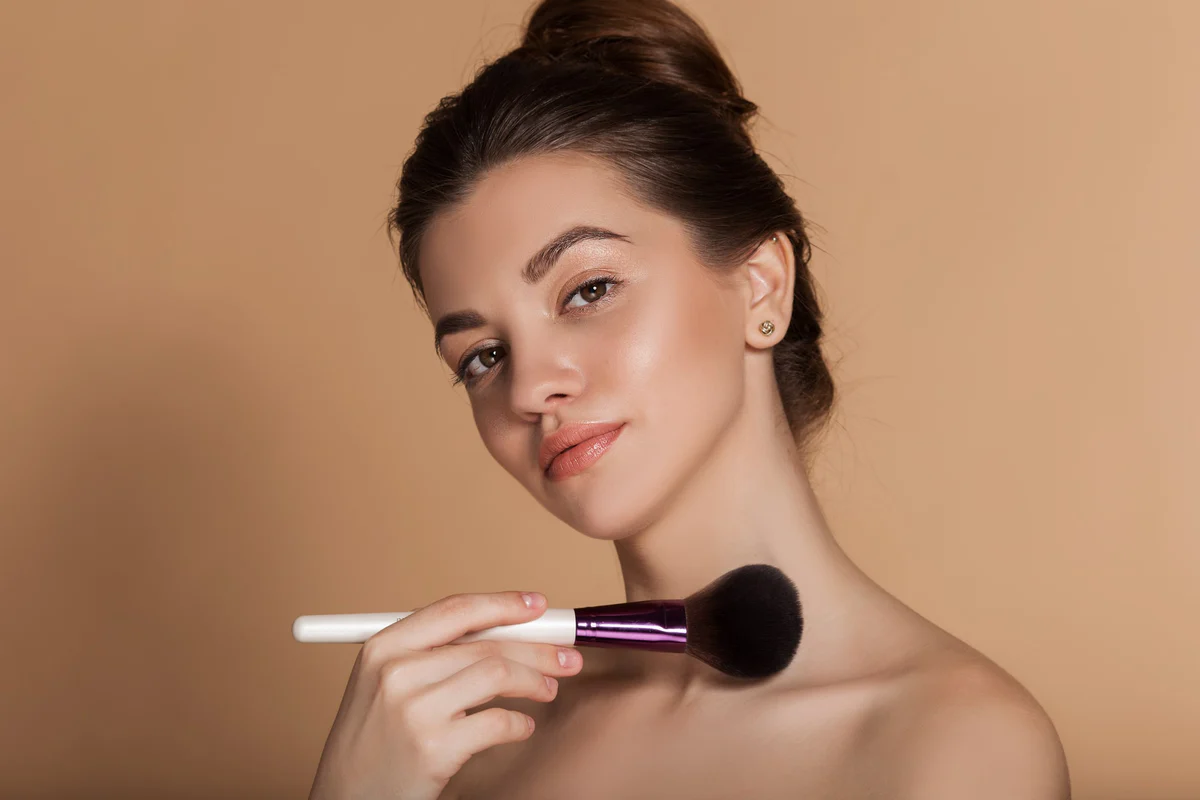When it comes to achieving a flawless makeup look, the tools you use are just as important as the products themselves. Among all the brushes and applicators in your beauty kit, one stands out for its versatility, softness, and professional finish—the Kabuki brush. Named after traditional Japanese Kabuki theatre, where performers used heavy, dramatic makeup, this brush has evolved into a modern-day essential for makeup lovers worldwide. Whether you’re applying foundation, bronzer, or setting powder, the Kabuki brush can make your skin look airbrushed and perfectly blended.
1. What Is a Kabuki Brush?
A Kabuki brush is a dense, soft makeup brush characterized by its short handle and rounded or flat top. Traditionally made from natural animal hair, modern Kabuki brushes are now made with synthetic bristles, making them cruelty-free and ideal for both powder and liquid products. The compact, dome-shaped design allows for smooth, even coverage without streaks or harsh lines.
What makes the Kabuki brush special is its versatility—you can use it to apply everything from mineral foundation and bronzer to finishing powder and even body shimmer. It delivers a smooth, blended finish that mimics the look of professional airbrushing.
2. The History and Origin
The Kabuki brush gets its name from Kabuki theatre, a classical form of Japanese drama that dates back to the 17th century. In Kabuki performances, actors wore elaborate makeup known as Kumadori, which involved thick layers of white powder and colorful pigments to highlight expressions. To apply this heavy makeup evenly, performers used dense brushes—the early inspiration for today’s Kabuki brush.
Over time, makeup artists and beauty brands adapted this traditional tool for modern use. Today’s Kabuki brushes maintain the dense bristle structure of the original but are designed for everyday makeup application—combining precision, softness, and flawless blending.
3. Types of Kabuki Brushes
There are several variations of Kabuki brushes, each suited to different makeup needs. Understanding the types can help you get the most out of this versatile tool:
- Round Kabuki Brush: The most common type, ideal for buffing and blending powders evenly across the face. Perfect for foundation and setting powder.
- Flat-Top Kabuki Brush: Offers excellent coverage for liquid or cream foundations, providing a smooth, streak-free finish.
- Angled Kabuki Brush: Designed for contouring and bronzing, it fits perfectly into the natural curves of the face.
- Tapered Kabuki Brush: Ideal for applying highlighter or powder to precise areas, such as the under-eye area or the bridge of the nose.
- Mini Kabuki Brush: A smaller version that’s perfect for travel or for applying makeup to smaller areas of the face.
4. How to Use a Kabuki Brush
Using a Kabuki brush correctly can transform your makeup application. Here’s how to get the best results:
- Prep Your Skin: Cleanse and moisturize your face before applying any makeup. If using foundation, apply primer to ensure smoother blending.
- Pick Up the Product: Lightly swirl the Kabuki brush into your powder or dab it into your liquid foundation. Tap off excess product if using powder.
- Apply in Circular Motions: Use gentle, circular motions to blend the product onto your face. Start from the center and move outward for even coverage.
- Build Gradually: Instead of applying too much product at once, build coverage slowly for a natural look.
- Finish and Blend: Use the clean brush to buff and blend, removing any harsh lines or patches for a seamless finish.
The Kabuki brush’s dense bristles help distribute the product evenly, ensuring your makeup looks smooth, soft, and natural.
5. Cleaning and Maintenance
Like any makeup brush, keeping your Kabuki brush clean is essential for both your skin’s health and the brush’s longevity. Dirty brushes can harbor bacteria, oils, and old makeup residue—all of which can lead to breakouts and uneven application.
- Daily Care: Wipe the bristles with a makeup brush cleaner or a damp cloth after each use.
- Weekly Deep Clean: Wash the brush with a gentle shampoo or brush cleanser. Swirl the bristles in lukewarm water, rinse thoroughly, and lay flat to dry.
- Avoid Water in the Handle: Keep water away from the metal ferrule and handle to prevent loosening or damage over time.
Proper care ensures that your Kabuki brush stays soft, hygienic, and long-lasting.
6. Benefits of Using a Kabuki Brush
Here’s why makeup artists and beauty enthusiasts swear by the Kabuki brush:
- Flawless Finish: Provides even, streak-free coverage for a smooth, airbrushed effect.
- Versatility: Works with powders, liquids, and creams—one tool for multiple products.
- Gentle on Skin: Soft, dense bristles glide comfortably, making it suitable for sensitive skin.
- Efficient Blending: Blends makeup seamlessly into the skin for a natural, radiant look.
- Portable Design: The short handle makes it easy to carry and control during application.
Whether you’re setting your foundation, applying bronzer, or finishing with translucent powder, the Kabuki brush helps you achieve professional results at home.
7. Choosing the Right Kabuki Brush
When buying a Kabuki brush, consider the following:
- Bristle Type: Synthetic bristles are ideal for both powders and liquids and are more hygienic.
- Density and Shape: Choose a shape that suits your primary makeup use—flat for foundation, round for powder, or angled for contour.
- Handle Comfort: A sturdy, comfortable handle ensures better control during application.
- Quality: Investing in a good-quality brush ensures durability, softness, and smoother blending.
Conclusion
A Kabuki brush is more than just a makeup tool—it’s a beauty essential that elevates your entire routine. Its dense bristles, versatile design, and ability to blend flawlessly make it an indispensable part of every makeup lover’s collection. With the right care and technique, a Kabuki brush can help you achieve that smooth, radiant, and naturally beautiful finish every time you apply makeup.




